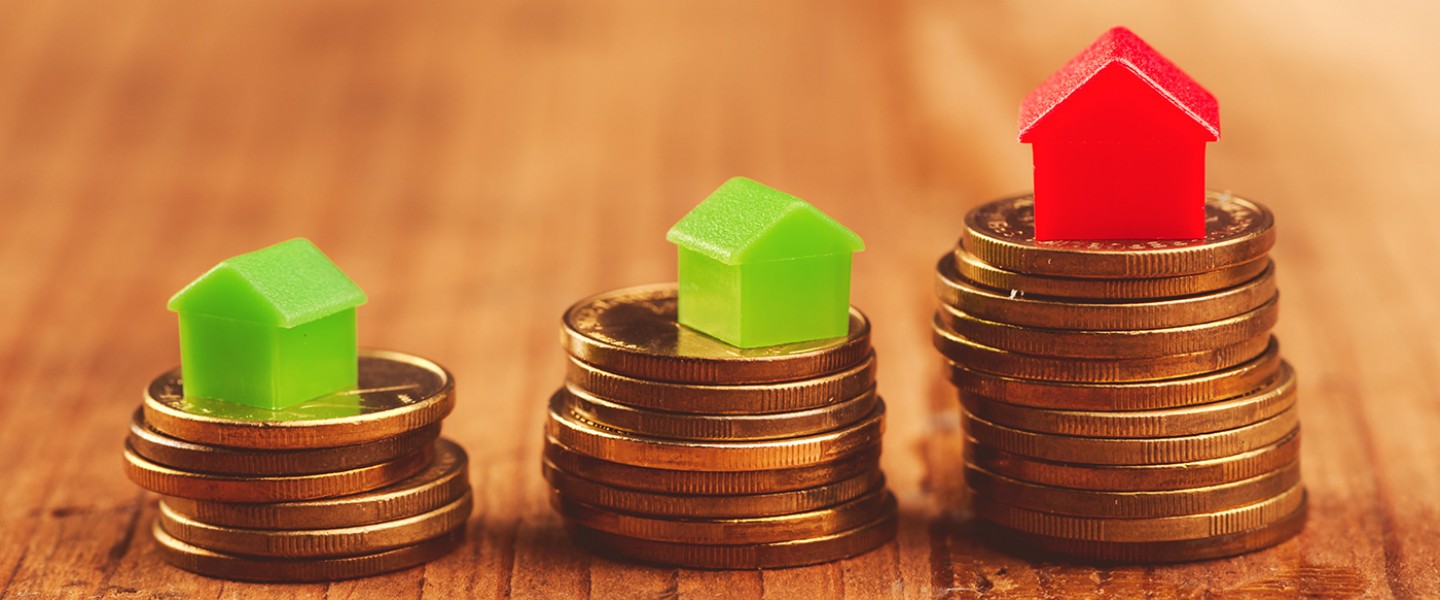 Affordable housing should be affordable to live in, not just affordable to buy. Energy efficiency and building science measures for safety, durability, and indoor air quality help reduce long-term costs.
Affordable housing should be affordable to live in, not just affordable to buy. Energy efficiency and building science measures for safety, durability, and indoor air quality help reduce long-term costs.
FSEC’s Building America-Partnership for Improved Residential Construction (BA-PIRC) worked with 10 local government and non-profit housing providers in Central Florida who received stimulus money under the U.S. Department of Housing and Urban Development’s Neighborhood Stabilization Program, an initiative to purchase and renovate foreclosed homes to be sold as affordable housing.
FSEC researchers conducted before and after energy audits in 70 renovated houses. Research found that after renovation, the average whole-house efficiency was similar to homes built under Florida’s current energy code. The project integrated cost-effective, practical, off-the-shelf products with new construction best practices, and from a performance standpoint, were “good as new.” The best practices fall broadly into three categories:
Health, Safety, and Durability Measures (Risk Reduction)
- Combustion safety
- Whole house pressure balance
Moderately-higher performance replacements
- Heating & cooling system (SEER 15 heat pump)
- Windows (low‐E)
- Water heating (EF 0.92)
- ENERGY STAR® lighting, appliances, and ceiling fans
- Light or white exterior finishes
- Meet new construction code for heating and cooling
Efficiency Enhancements
- Substantially leak free duct system
- R‐38 attic insulation
- Window film
- Air sealing at plumbing and fixtures openings
The Retrofit Challenge
 Based on the research referenced above, FSEC developed the Retrofit Challenge checklist and guide for affordable housing programs striving to make existing homes “as good as new“ in whole-house energy efficiency and home performance.
Based on the research referenced above, FSEC developed the Retrofit Challenge checklist and guide for affordable housing programs striving to make existing homes “as good as new“ in whole-house energy efficiency and home performance.
Case Studies
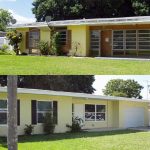 Applying Best Practices to Florida Government Retrofit Programs
Applying Best Practices to Florida Government Retrofit Programs
During 2009, 2010, and 2011, researchers of DOE’s Building America Partnership for Improved Residential Construction (BA-PIRC) provided analysis and recommendations to eight affordable housing entities conducting comprehensive renovations in 70 distressed, foreclosed homes in central Florida (Phase 1). Partners achieved a mutually agreed upon goal of 30% improvement in HERS Index score in 46 renovations.
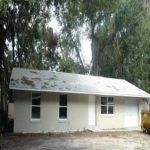 Lake Sumter Habitat for Humanity
Lake Sumter Habitat for Humanity
Lake Sumter Habitat for Humanity renovated the unoccupied 1,040 ft2 slab-on-grade, single family home in Eustis, Florida to demonstrate that affordable housing can be renovated to achieve big savings. With the help of Building America researchers from Pacific Northwest National Laboratory and the FSEC, energy-efficient measures were implemented that reduced annual energy bills by an estimated 42 percent.
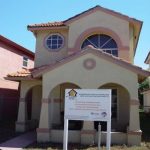 Habitat for Humanity of Palm Beach County
Habitat for Humanity of Palm Beach County
Habitat for Humanity of Palm Beach County, working with Building America researchers from Pacific Northwest National Laboratory and FSEC, upgraded this previously unoccupied 1996 home in Lake Worth, Florida to achieve an estimated 39% improvement in energy efficiency. The 1,573-ft2 slab-on-grade, single-family home received extensive energy upgrades during its conversion to affordable and efficient housing.
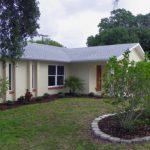 Habitat for Humanity South Sarasota County
Habitat for Humanity South Sarasota County
Building America researchers provided technical assistance to Habitat for Humanity of South Sarasota County, Florida, to achieve a deep energy retrofit featuring an innovative way to air seal an entire home, which also moved its ducts and air handler inside the thermal boundary. This home (a 1978, single-story, three-bedroom, two-bath with attached-garage) is typical of many in central and south Florida.
Suggested Publications
- Current Best Practices for High Performance, Deep Energy Retrofits in Florida Affordable Housing
Checklist | Full Report - Energy Retrofit Field Study and Best Practices in a Hot-Humid Climate
- Applying Best Practices to Florida Local Government Retrofit Programs
